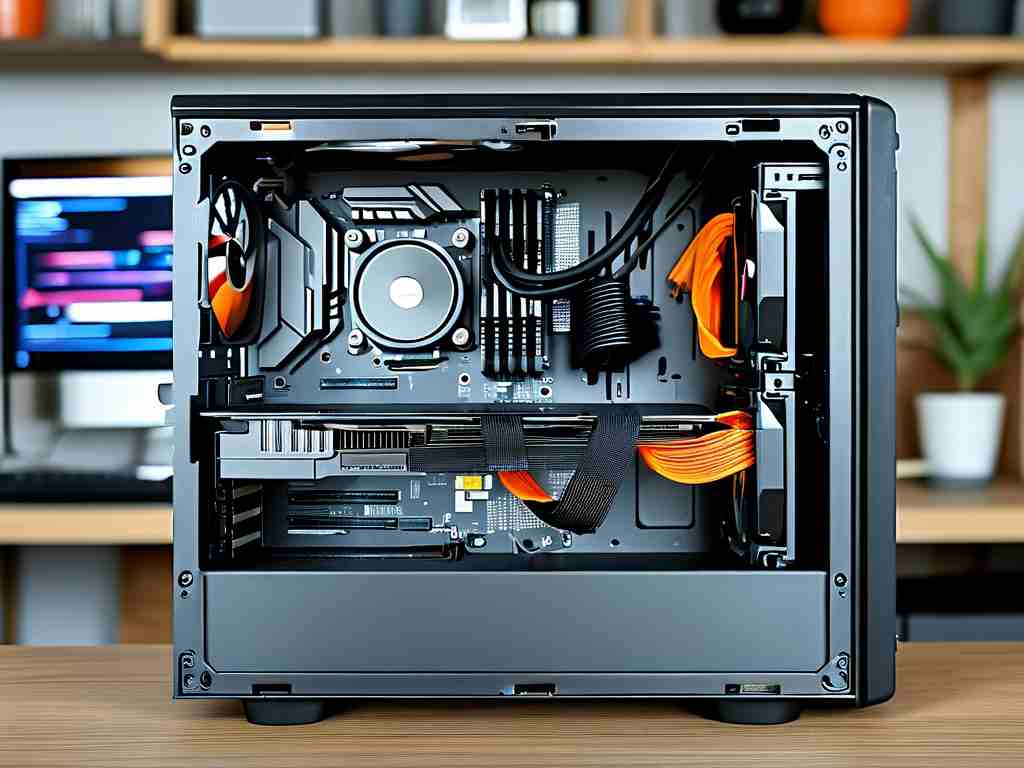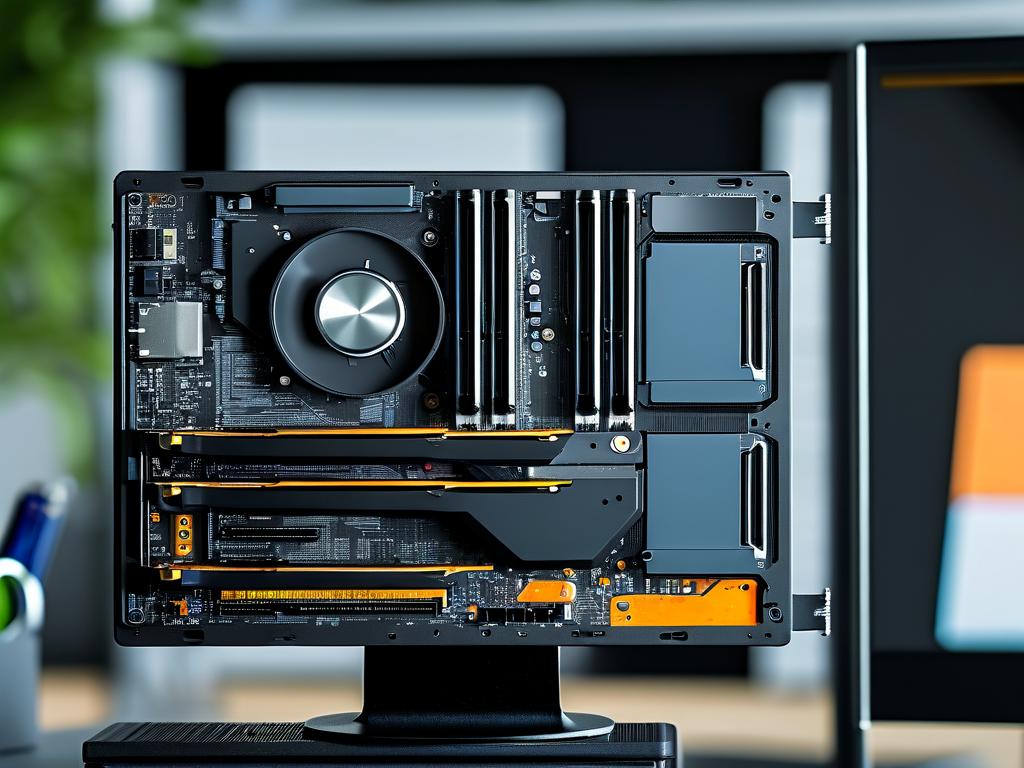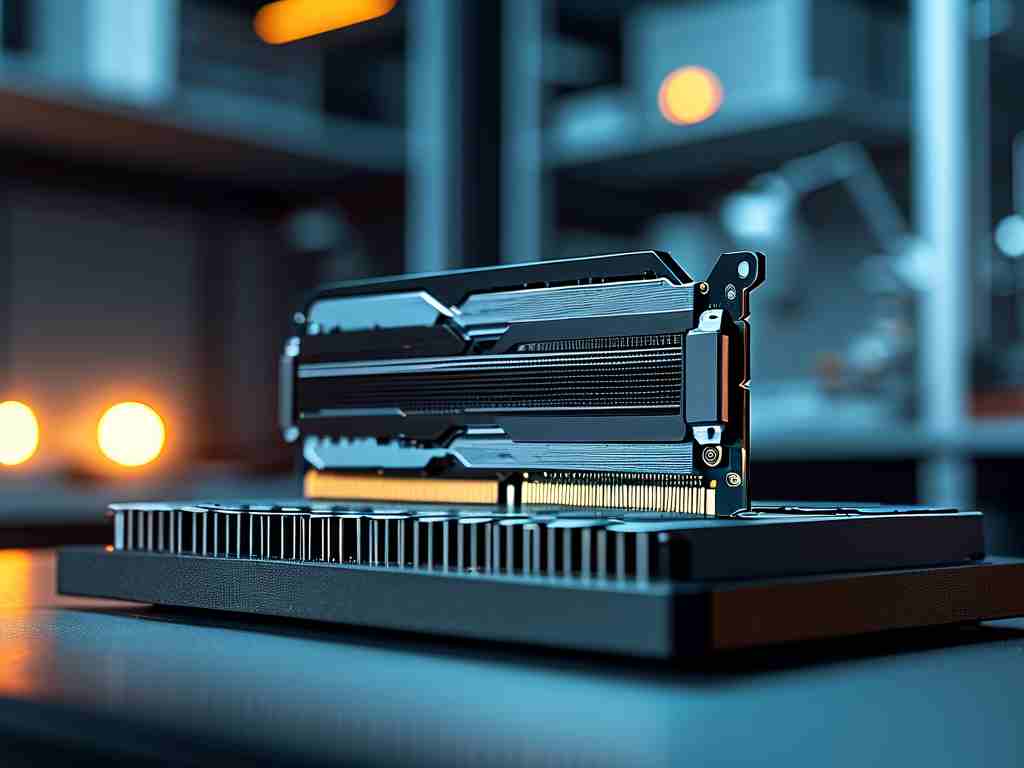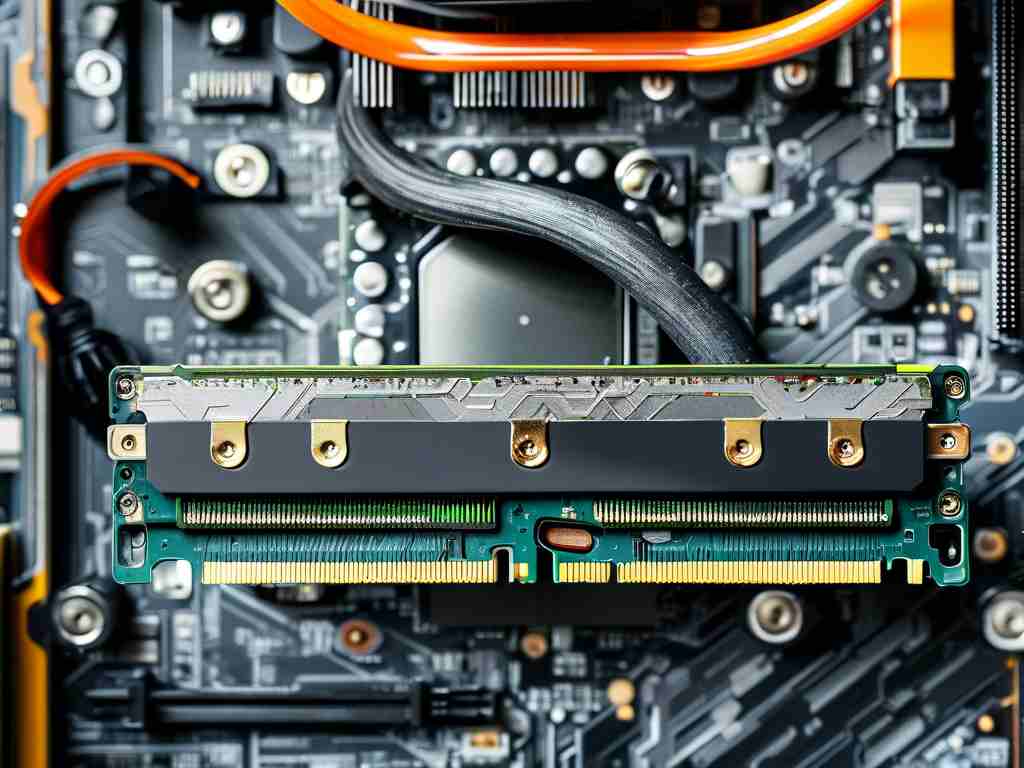In modern computing environments, memory expansion remains a critical task for both individual users and IT professionals. This guide explores practical methods to upgrade RAM while emphasizing system compatibility and operational safety.
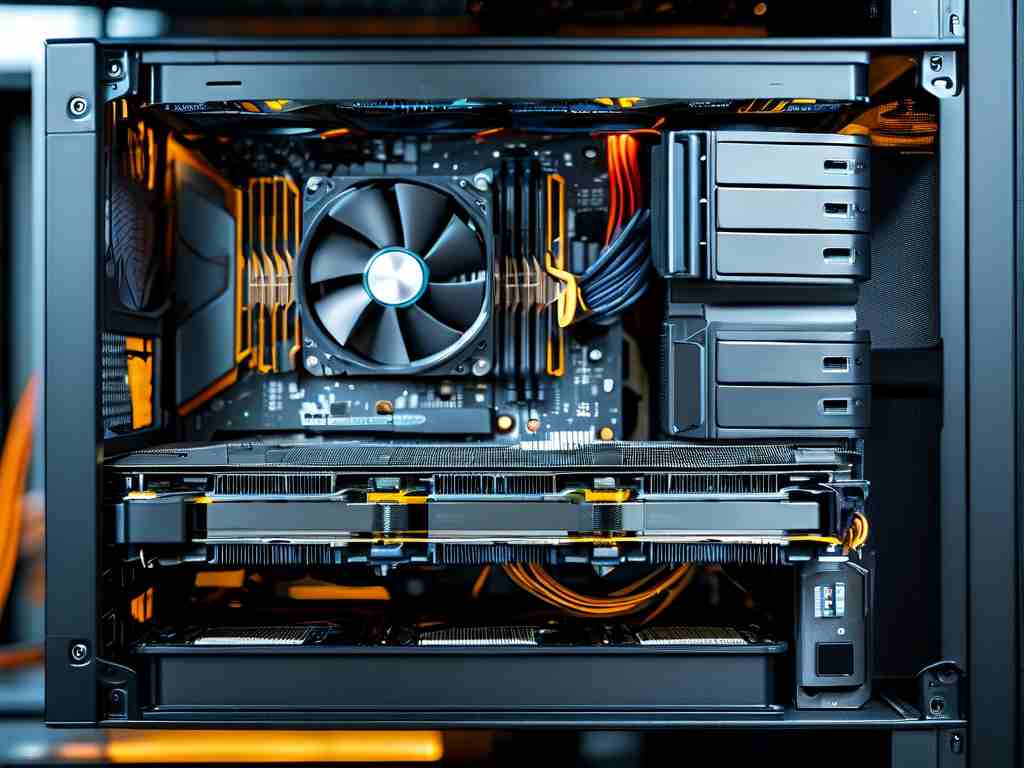
Understanding Memory Requirements
Before purchasing new RAM modules, identify your system’s limitations. Open the Windows Task Manager (Ctrl+Shift+Esc) and navigate to the "Performance" tab to view current memory usage and slot availability. For Linux systems, execute sudo dmidecode -t memory in the terminal to list installed modules. Manufacturers like Crucial and Kingston provide online tools that automatically detect compatible memory upgrades based on your motherboard model.
Hardware Selection Criteria
DDR4 and DDR5 are dominant standards in 2024, with clock speeds ranging from 2,400 MHz to 6,400 MHz. Ensure new modules match existing RAM specifications to prevent compatibility issues. For example, mixing ECC (Error-Correcting Code) and non-ECC memory in non-server configurations may cause boot failures. Laptop users must verify SODIMM form factor requirements, as shown in this configuration snippet for a Dell XPS 15:
# Sample memory configuration check sudo lshw -class memory
Installation Protocols
Power down the device and disconnect all cables before accessing internal components. Ground yourself using an anti-static wristband to prevent electrostatic discharge. For desktop PCs, locate the DIMM slots near the CPU socket. Apply firm, even pressure when inserting modules until retention clips engage. Laptop installations typically require removing the bottom panel – consult manufacturer guides for specific disassembly instructions.
Post-Installation Validation
Reboot the system and enter BIOS/UEFI (usually via F2/Del keys) to confirm recognized memory capacity. Modern operating systems should automatically detect new RAM without driver updates. Run stress tests using tools like MemTest86 or Windows Memory Diagnostic to verify stability. Observe performance improvements in resource-intensive applications like video editors or virtual machines.
Troubleshooting Common Issues
If the system fails to boot after installation, reseat modules and clean contacts with isopropyl alcohol. Incompatible RAM may trigger beep codes or LED error indicators – refer to motherboard documentation for specific patterns. For partial capacity recognition, update BIOS firmware and ensure modules are inserted in optimal slot pairs (often color-coded).
Cloud-Based Alternatives
For cloud-hosted systems, memory scaling follows different paradigms. AWS EC2 users can vertically upgrade instance types through the Management Console, while Azure Virtual Machines require shutdown before resizing. Containerized environments allow dynamic memory allocation via Kubernetes resource limits:
# Kubernetes memory limit example
resources:
limits:
memory: 8Gi
Economic Considerations
Evaluate upgrade costs against device lifespan – expanding memory in 5-year-old systems may not be cost-effective. Secondary markets like eBay offer discounted modules, but verify seller return policies. Enterprise environments should factor in downtime costs when scheduling upgrades during maintenance windows.
By methodically addressing compatibility, installation, and validation phases, memory expansion becomes a manageable task that significantly enhances system responsiveness. Always maintain component documentation and create system restore points before modifying hardware configurations.


